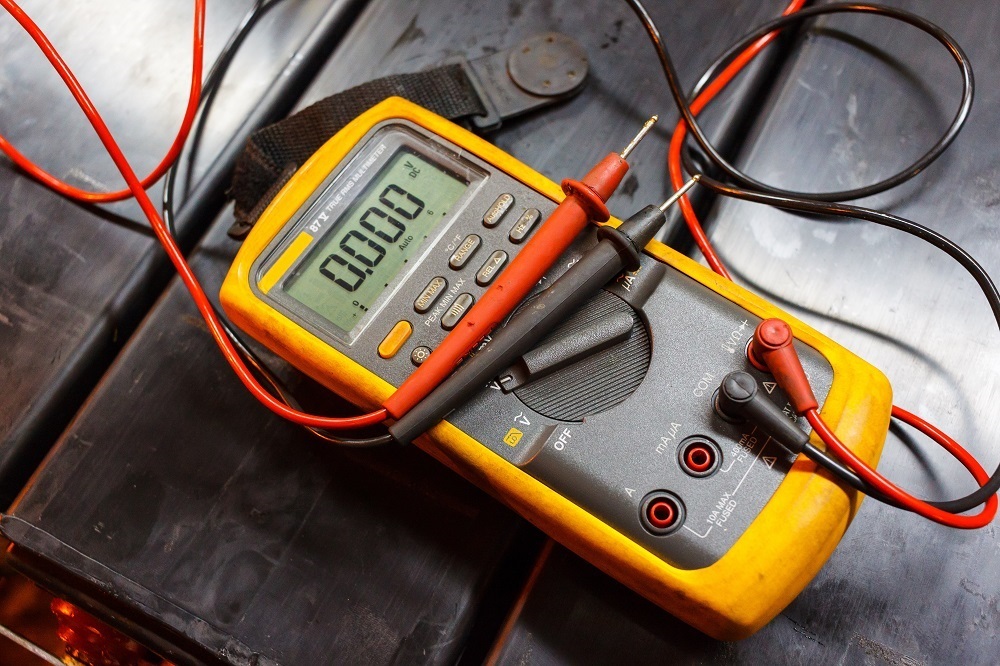What is True RMS

True RMS stands for True Root Mean Square (otherwise known as the effective value), and its formula is a more accurate method of measuring AC voltage and current, which is extremely important when diagnosing, troubleshooting and maintaining electrical equipment.
But just what is True RMS and its benefits? What’s the difference between RMS and True RMS, and do you really need a True RMS multimeter? Hang tight. We’ll get to all this and more in the guide below.
What is the Meaning of True RMS
What is True RMS exactly? We’ve already established that you need True RMS to more accurately measure nonsinusoidal waves. But to understand the difference between RMS and True RMS, we must first need to understand these two waveforms and how they apply to take electrical measurements:
- Sinusoidal (sine) waves – AC current produces pure sine waves, which maintain consistent oscillations in periodic intervals. For sinusoidal waves, RMS is a sufficient formula to accurately calculate the average value of a waveform because there are no distortions in its shape, amperage or frequency that would otherwise interfere with the readings.
- Nonsinusoidal waves – The reason you can’t use just any voltage or current measuring device on AC systems is because of the nonsinusoidal waves produced by particular electrical components and equipment. As a matter of fact, most AC systems don’t always generate a pure sine wave due to internal and external factors like power grid fluctuations and improper wiring. Because nonsinusoidal waves are irregularly shaped, you must calculate them using True RMS.
AC voltage and current can produce nonsinusoidal waveforms in specific applications, such as LED lighting and computers. Taking the true root mean square more accurately converts varying amplitudes and frequencies of an AC waveform to the equivalent DC heating voltage.
Using RMS in applications where True RMS is needed can result in up to a 40% inaccuracy, which can cause overloading, tripping, overheating and damage to equipment and even life.
Do I Need a True RMS Multimeter
The reason why you need a True RMS meter is to measure nonsinusoidal waves. But since multimeters with a True RMS feature tend to lighten the wallet, you might be wondering if you actually need to make the investment.
For most homeowners, you probably won’t need to fork out the extra cash unless you’re working on the following electrical equipment and components. For electricians and professional HVAC technicians, the extra $40-$50 could end up saving your job or even your life.
The main thing to remember is if you’re troubleshooting or working on the following electrical equipment that produces nonsinusoidal waves, you’ll need to use a True RMS multimeter. Here are some examples where a True RMS value is needed:
- HVAC units
- Computers
- LED lights
- Switching power supplies
- Rectifiers
- Capacitors
- Dampeners
Which Instruments Measure True RMS Value
Although a formula for measuring True RMS exists, most multimeters today, along with a few other select electronic measuring devices, have the ability to measure or possess a built-in True RMS feature that automatically calculates these complicated equations for you.
These are the electrical testing equipment that can measure True RMS value:
- Digital Multimeters
- Clamp meters
- Oscilloscopes
- Power analyzers
If you want more information on how to use a true RMS multimeter, check out our article on How to Measure Current with a Multimeter.
